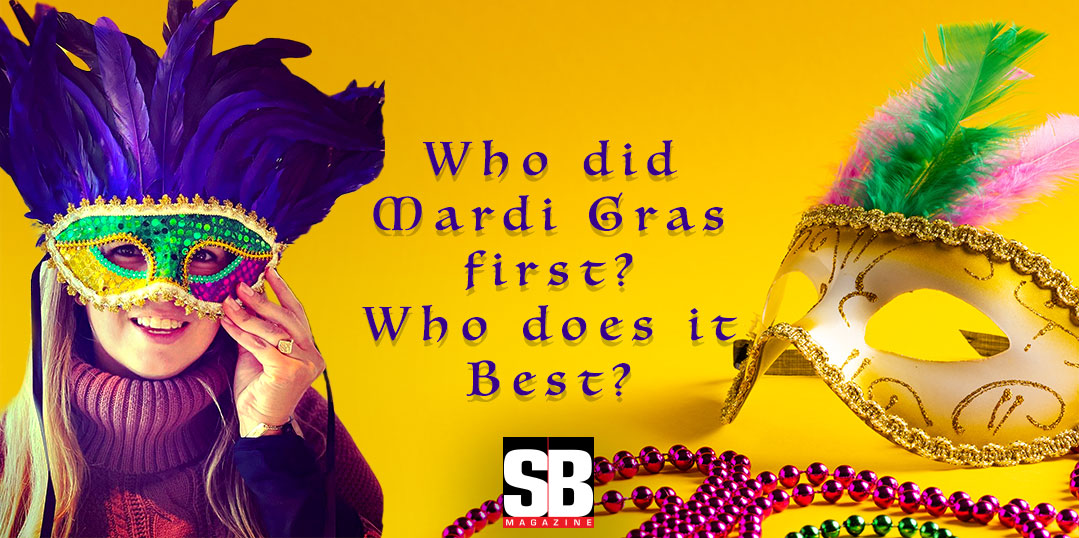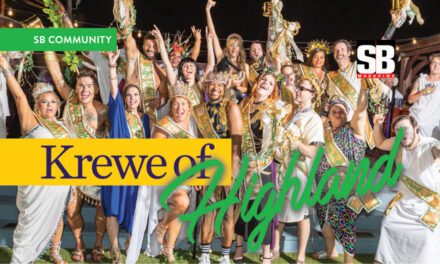Who did Mardi Gras first? Who does it Best?
French explorers and settlers introduced Mardi Gras to the New World, who brought their traditions and customs with them. The first recorded Mardi Gras celebration in North America occurred in Mobile, Alabama, in 1703. However, it wasn’t until the early 1730s that Mardi Gras was celebrated openly in New Orleans, with the first recorded parade taking place in 1837. The celebration quickly became a beloved tradition in the city, with elaborate parades, masked balls, and the establishment of secret societies or “krewes” that organized and funded the festivities.
Over time, Mardi Gras in the United States developed its own unique traditions and practices. The parades became more elaborate, with vibrant floats, marching bands, and costumed revelers throwing beads and other trinkets to the crowds. In New Orleans, the celebration became a major cultural event, drawing visitors from around the world and contributing significantly to the city’s economy. Today, Mardi Gras is celebrated in cities and towns across the United States, with each community putting its own spin on the festivities. Despite its evolution and adaptation to new cultures, Mardi Gras remains a vibrant and joyous celebration of life, community, and the coming of spring.









